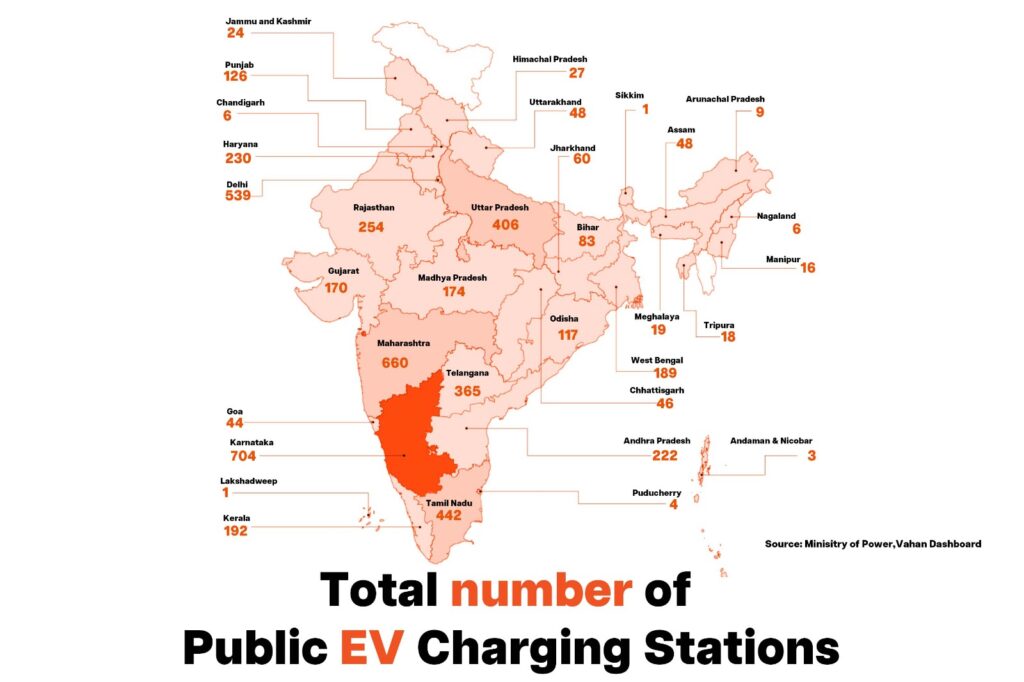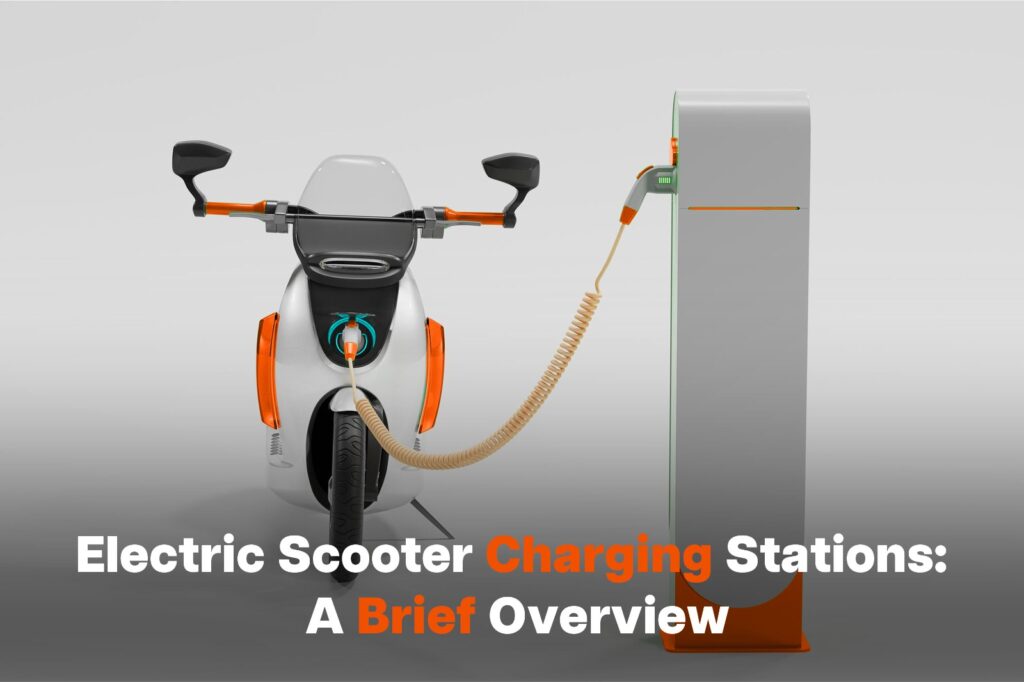In the dynamic world of electric mobility, Electric Scooter Charging Stations stand as the unsung heroes, powering the revolution towards cleaner and sustainable transportation. This article takes you on a comprehensive journey, exploring the various facets of these charging stations, from the cost considerations to the advanced technologies that make them tick.
What Is the Cost of Using Public Electric Scooter Charging Stations?
Understanding these charging costs empowers users to make informed decisions regarding their electric scooter usage.
Technologies Powering Modern Electric Scooter Charging Infrastructure
How Long Does It Take to Charge an Electric Scooter at Public Charging Stations?
The duration required to charge an electric scooter at public stations varies based on charging technology and the scooter’s battery capacity. On average, a standard electric scooter, even the convenient e-scooter recharging models, takes approximately 2 to 4 hours for a full charge. Advances in fast-charging technology further reduce this time, offering quick and efficient solutions for on-the-go urbanites, and contributing to the popularity of electric mobility charging options.
How Do Electric Scooter Charging Stations Contribute to Urban Sustainability?
Electric Scooter Charging Stations play a major role in increasing sustainable travel by encouraging people to choose eco-friendly modes of travel. As people choose electric scooters, the overall carbon footprint decreases which helps in leading to a cleaner and healthier environment. Using renewable energy sources in charging infrastructure adds to the increase in sustainability, helps fight climate change, and also creates many charging points for electric scooters for riders. Let us look into ways in which electric scooter charging stations contribute to urban sustainability:
- Reduced Carbon Footprint: Electric scooters, when charged at dedicated stations, operate on clean energy, significantly reducing the reliance on traditional fossil fuels. This helps a high decrease in carbon emission, it helps solve the pollution-related problems in the cities.
- Promotion of Eco-Friendly Transportation: By facilitating the use of electric scooters, charging stations actively promote sustainable and eco-friendly modes of transportation.
- Decreased Noise Pollution: Electric scooters are inherently quieter than their conventional counterparts, contributing to a reduction in overall noise pollution in urban areas.
- Optimized Urban Planning: The integration of electric scooter charging stations encourages cities to adopt more sustainable urban planning practices. This includes the development of dedicated lanes and parking spaces for electric scooters, creating a more organized and efficient transportation infrastructure.
- Enhanced Last-Mile Connectivity: Electric scooters are particularly effective for covering short distances, addressing the last-mile connectivity challenge in urban areas. By providing accessible charging stations strategically placed throughout the city, residents have a convenient and sustainable solution for their short-distance travel needs.
- Integration of Renewable Energy: Many electric scooter charging stations are designed to integrate renewable energy sources, such as solar or wind power. This further reduces the environmental impact of charging operations, promoting a transition towards a more sustainable and resilient energy infrastructure.
- Encouraging Public Adoption: The availability of reliable and accessible charging infrastructure encourages more individuals to adopt electric scooters as a viable mode of transportation. As the popularity of electric scooters grows, the overall impact on urban sustainability increases, fostering a cultural shift towards cleaner and more sustainable commuting habits.

What Safety Measures Are in Place at Public Electric Scooter Charging Points?
Ensuring rider and scooter safety is a very important reason for bringing in a public charging infrastructure. These Modern scooter charging facilities are built with strong safety features, including secure locking mechanisms, bright surroundings, and emergency response systems. The electric vehicle charging hubs also prove a safe and trustworthy environment where people can charge their electric scooters without concerns about theft. Let us look into some of the safety measures:
- Robust Locking Mechanisms: Charging stations are equipped with secure locking mechanisms to prevent theft or unauthorized access to electric scooters during the charging process.
- Well-Lit Surroundings: Adequate lighting is maintained at charging points to enhance visibility and create a well-lit environment, promoting user safety, especially during evening or night hours.
- Emergency Response Systems: Charging stations are equipped with emergency response systems to handle unforeseen situations promptly. This includes immediate assistance in case of accidents, malfunctions, or any security concerns.
- User Authentication and Authorization: To prevent unauthorized usage, charging points often incorporate user authentication and authorization protocols.
- Surveillance and Monitoring: Many charging stations deploy surveillance systems to monitor the surroundings and deter potential security threats. Real-time monitoring enhances the overall safety of the charging location.



